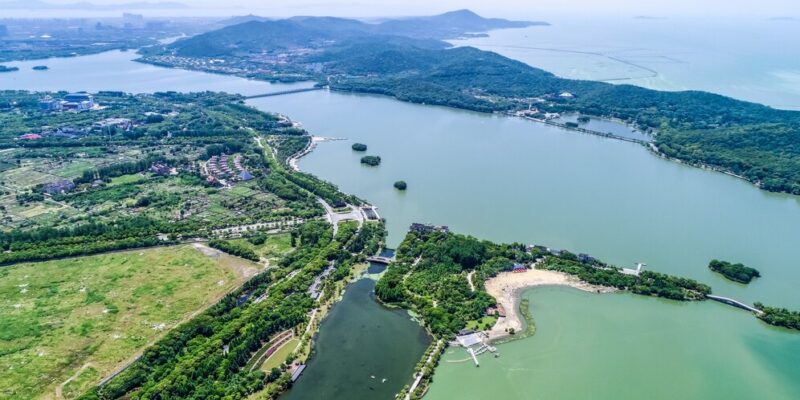Effective pond management goes beyond technical expertise; it also requires active participation and support from the surrounding community. This article explores the importance of community engagement in pond management and how collaboration can lead to better outcomes for both the ecosystem and the people who benefit from it.
Understanding Community Engagement
Community engagement involves involving stakeholders in decision-making processes, fostering a sense of ownership and responsibility for the pond’s well-being. By actively involving residents, local organizations, and other stakeholders, pond managers can gain valuable insights, leverage resources, and build support for management initiatives.
Stakeholder Identification
Identifying key stakeholders, such as homeowners, local businesses, recreational users, and environmental groups, is essential for effective community engagement. Understanding their interests, concerns, and perspectives enables pond managers to tailor management strategies to meet the needs of diverse stakeholders.
Education and Outreach
Educating the community about the importance of pond management and the role they can play in its preservation is vital for building support and fostering stewardship. Outreach initiatives such as workshops, educational materials, and community events raise awareness about pond ecology, water conservation, and sustainable management practices.
Citizen Science Programs
Engaging community members in citizen science programs empowers them to contribute valuable data and observations to ongoing monitoring efforts. From water quality testing to wildlife surveys, involving residents in data collection not only enhances scientific understanding but also fosters a sense of connection and responsibility for the pond’s health.
Collaborative Decision-Making
Involving stakeholders in collaborative decision-making processes ensures that management strategies reflect the diverse needs and priorities of the community. By soliciting input, gathering feedback, and fostering dialogue, pond managers can build consensus, promote transparency, and increase buy-in for management initiatives.
Volunteer Stewardship Programs
Establishing volunteer stewardship programs allows community members to actively participate in pond maintenance and restoration efforts. From litter cleanups to invasive species removal, harnessing the power of volunteers not only enhances the effectiveness of management activities but also fosters a sense of pride and ownership in the community.
Conclusion
Community engagement is integral to successful pond management, fostering collaboration, building support, and empowering stakeholders to become stewards of their local ecosystems. By involving residents, local organizations, and other stakeholders in decision-making processes, education and outreach initiatives, and collaborative stewardship efforts, pond managers can create thriving, resilient aquatic ecosystems that benefit both people and the environment.










Comments